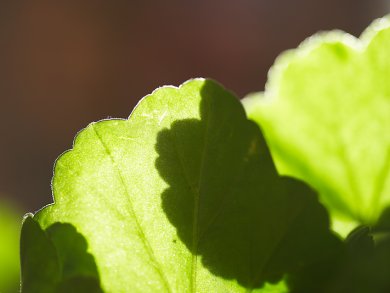Hugh O’Neill and co-workers, Oak Ridge National Laboratory, USA, have developed a biohybrid photoconversion system based on the interaction of photosynthetic plant proteins with synthetic polymers. By small-angle neutron scattering analysis, the team has shown that the light harvesting complex II (LHC-II) proteins can self-assemble with polymers into a synthetic membrane structure resembling that of the photosynthetic membrane.
The LHC-II was isolated from spinach and induced a phase transition from a micellar state to a lamellar structure of a block copolymer system.
The system produced hydrogen at a maximum rate of 6.4 µmol h−1 per mg chlorophyll. The production of H2 was sustained for over 100 hours showing the potential of this approach for the development of self-assembled bioinspired photoconversion systems.
- Supramolecular assembly of biohybrid photoconversion systems
M. B. Cardoso, D. Smolensky, W. T. Heller, K. Hong, H. O’Neill,
Energy Environ. Sci. 2011, 4, 181–188.
DOI: 10.1039/C0EE00369G



